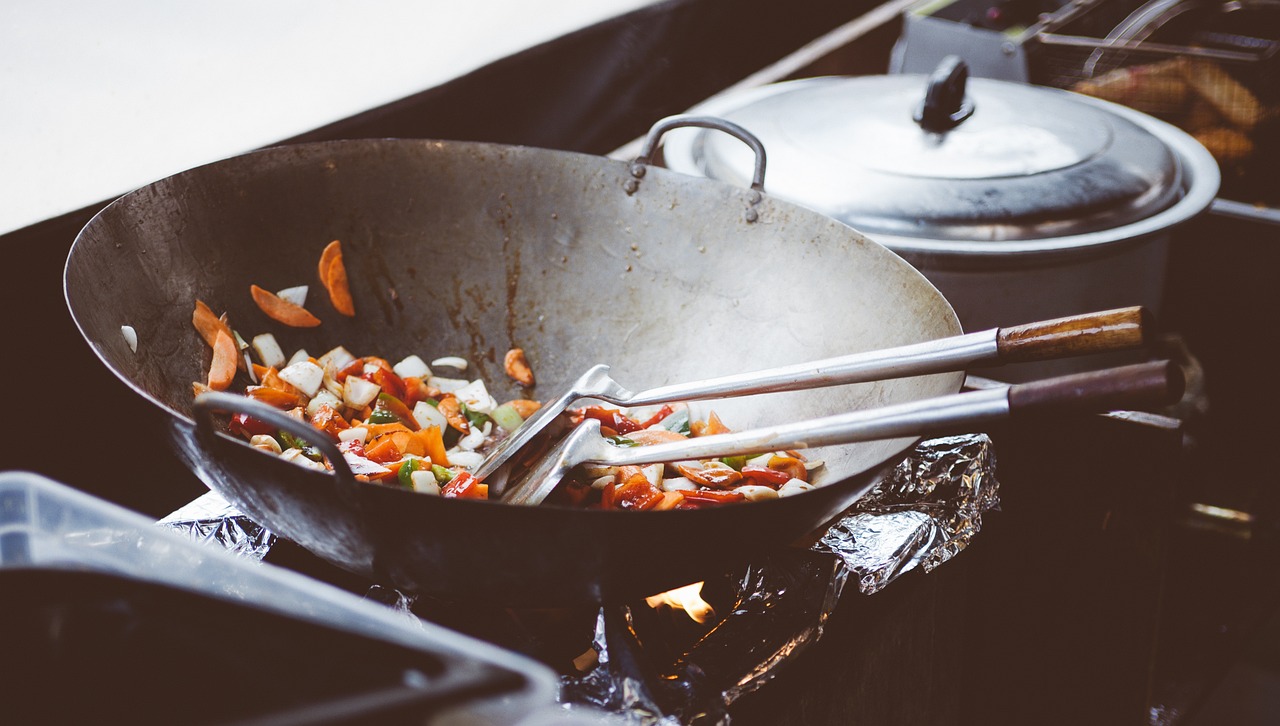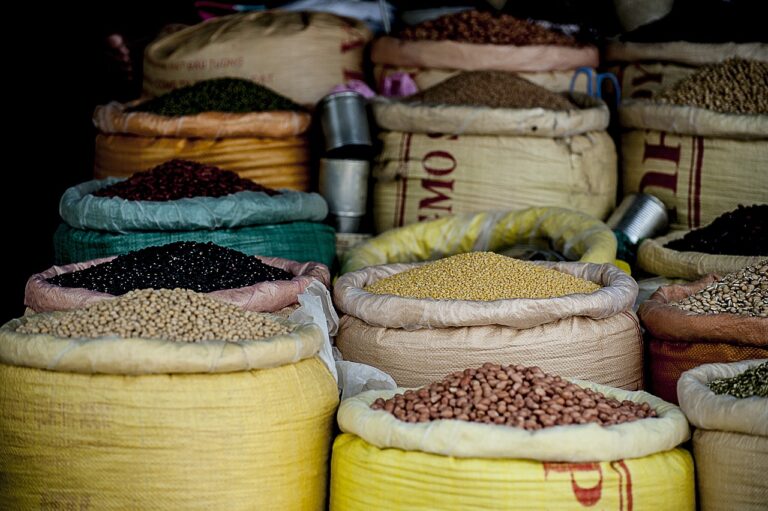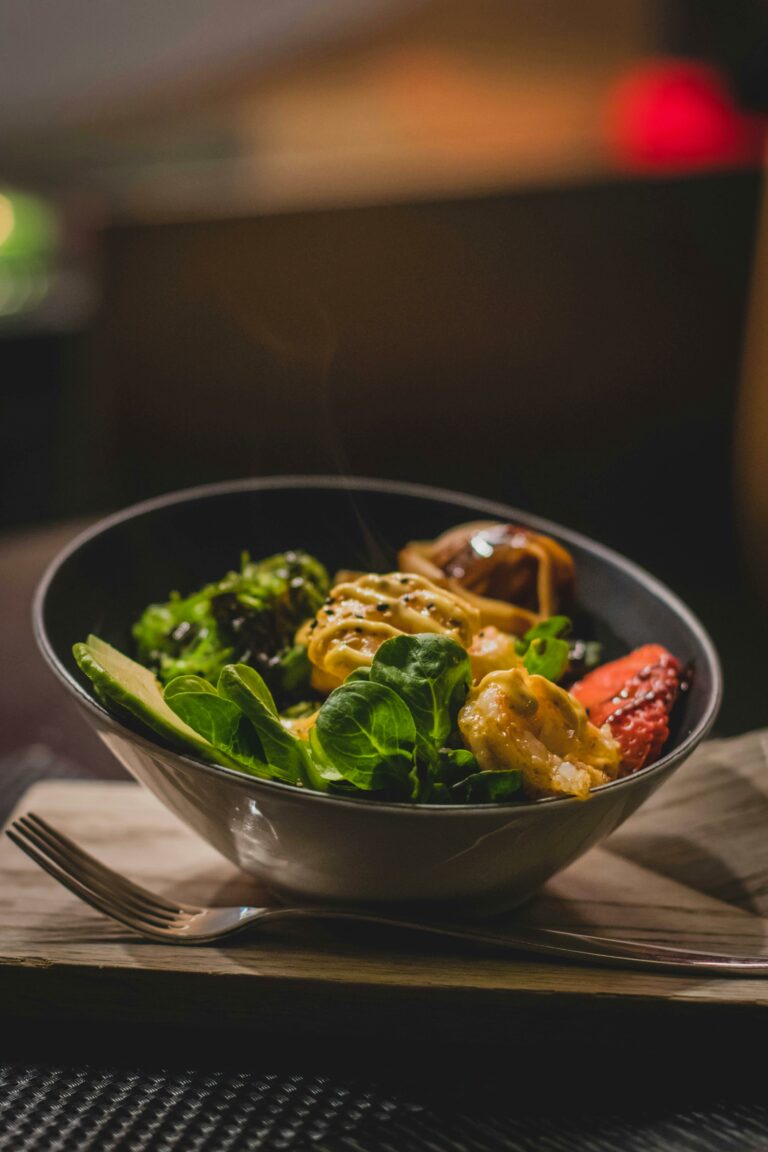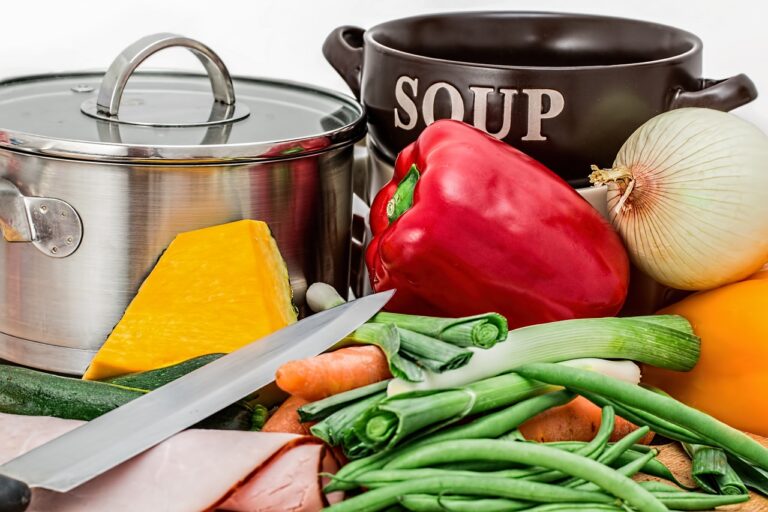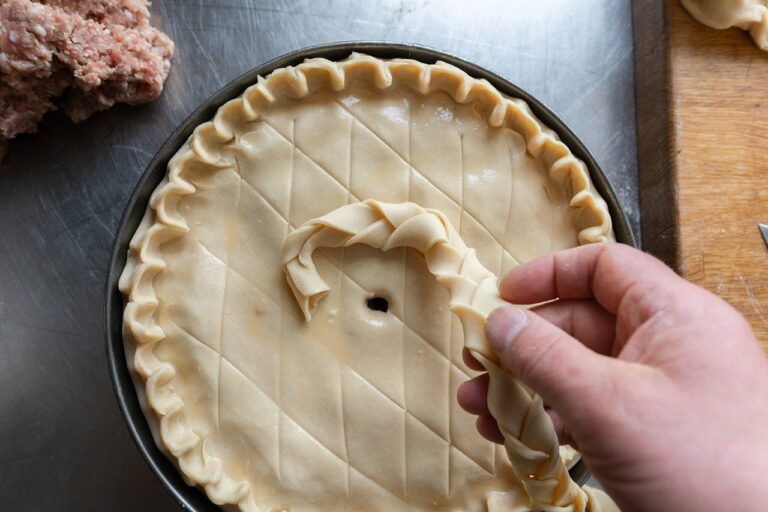The Delicate Art of Chocolate Making: From Bean to Bar
Chocolate has a rich history that dates back thousands of years. Originating from Mesoamerica, where ancient civilizations like the Maya and Aztecs revered cacao beans as precious gifts from the gods. These civilizations not only consumed cacao as a beverage but also used it in religious ceremonies and as currency.
When the Spanish conquistadors arrived in the 16th century, they were introduced to chocolate by the Aztecs. Initially bitter and mixed with spices, chocolate was brought back to Europe, where it quickly gained popularity among the elites. Over time, the addition of sugar and milk transformed chocolate into the sweet treat that is beloved worldwide today.
The Cacao Bean Harvesting Process
Harvesting cacao beans is a meticulous process that requires skilled hands and precision. The ripe cacao pods are carefully cut from the trees using machetes or sharp tools. It is essential to ensure that only the mature pods are harvested to guarantee the best quality beans for chocolate production.
Once the cacao pods are harvested, they are cracked open to reveal the white pulp and beans inside. The beans are then scooped out and placed in baskets or wooden boxes for fermentation. This crucial step in the cacao bean harvesting process allows for the development of the chocolate flavor and aroma we all know and love.
• After fermentation, the cacao beans are spread out to dry in the sun for several days. This process helps reduce moisture content and further enhances the flavor of the beans.
• Once dried, the cacao beans are roasted to bring out their rich chocolatey flavors. The roasting process is carefully monitored to ensure that the beans are not burnt or over-roasted.
• After roasting, the outer shell of the cacao bean is removed through a winnowing process, leaving behind cocoa nibs that will eventually be ground into chocolate liquor.
• The ground cocoa nibs are then processed through grinding and refining stages to create smooth chocolate paste or liquid known as chocolate liquor.
• Finally, this chocolate liquor can be used as an ingredient in various chocolate products such as bars, truffles, and hot cocoa mixes. The entire cacao bean harvesting process from tree to table requires expertise and dedication to produce high-quality chocolates enjoyed worldwide.
Fermentation and Drying of Cacao Beans
Once the cacao beans are extracted from the pulp, they are left to ferment in banana leaves or wooden boxes for several days. During fermentation, the beans develop their chocolate flavor due to chemical changes that occur within the beans themselves. This crucial step is what distinguishes the final taste of chocolate, as proper fermentation is essential for the beans to reach their full potential.
After fermentation, the cacao beans are spread out to dry under the sun. This drying process is fundamental to reduce the moisture content of the beans, allowing them to be stored and shipped without the risk of mold. The beans are often raked and turned during drying to ensure even drying and prevent any spoilage. Properly dried cacao beans are then ready to be roasted and further processed into the delicious chocolate products we all enjoy.
What is the history of chocolate?
Chocolate has been enjoyed for centuries, with its origins dating back to ancient civilizations in Mesoamerica.
How are cacao beans harvested?
Cacao beans are harvested by cutting open cacao pods on cacao trees and removing the beans inside.
What is the importance of fermentation and drying of cacao beans?
Fermentation and drying of cacao beans play a crucial role in developing the flavor profile of chocolate by removing bitterness and enhancing the beans’ natural flavors.
How long does the fermentation and drying process take for cacao beans?
The fermentation process typically takes around 5-7 days, while the drying process can take up to 1-2 weeks, depending on the climate and conditions.
What are some common methods used for fermenting and drying cacao beans?
Common methods include heap fermentation, tray fermentation, and sun drying, each contributing to the unique flavor characteristics of the cacao beans.

